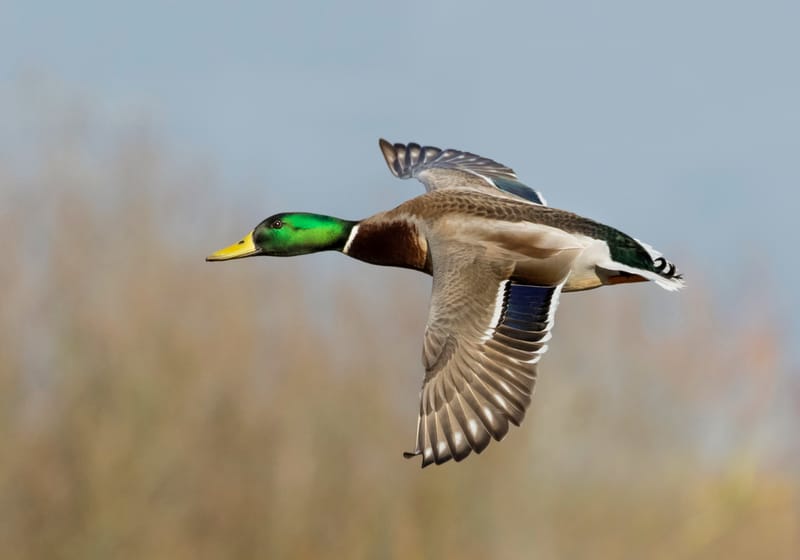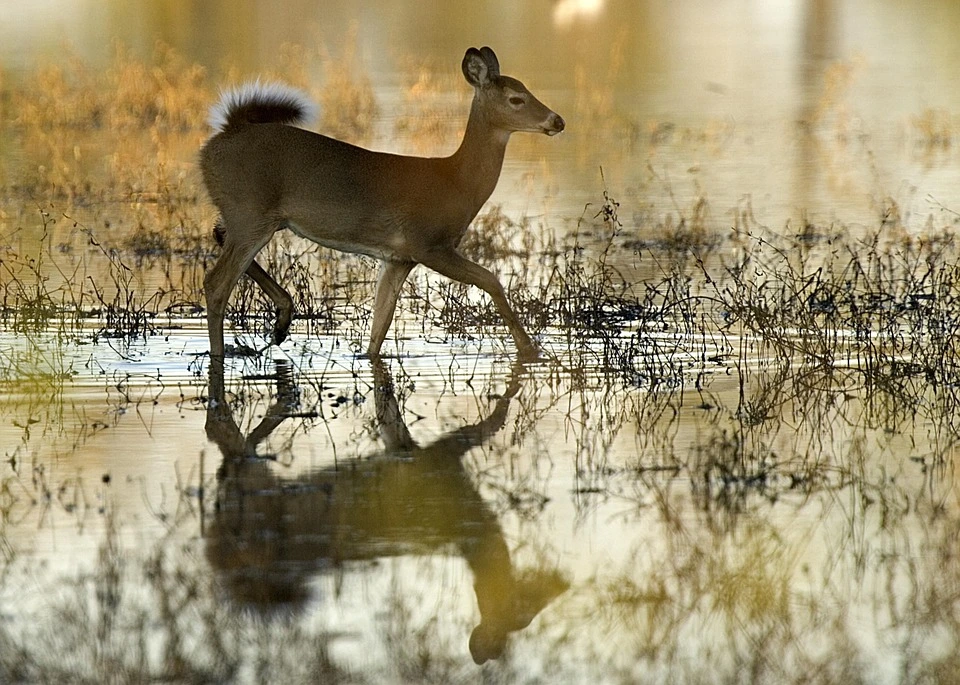Connecting with Nature: Documenting Wildlife in Saskatoon’s Public Greenspaces

Saskatoon's rural municipalities and their surrounding areas are abundant with diverse greenspaces that offer both natural beauty and valuable ecological insights. From marshes and conservation areas to serene reservoirs and scenic trails, these spaces are vital for sustaining local biodiversity and offer ideal spots for naturalists to observe and document the environment. As stewards of the land, it is important to focus our attention on the native species that call these places home, preserving their ecological integrity for generations to come.

In the areas commonly thought of as "rural" or "peri-urban" places which happen to be within the boundaries of the Rural Municipalities are the following greenspaces open to the public which Saskatoon and area naturalists visit to document (in alphabetical order):
Beaver Creek Conservation Area
Blackstrap Coulee (North side )
Borden Bridge Campground
Boundary Trail
Bradwell Reservoir Area
Brightwater Marsh and Reservoir
Chappell Marsh Conservation Area
Cranberry Flats Conservation Area
John Heal Canoe Launch
Leisureland-Maple Grove
Paradise Beach
Peter and Lola Pontikes Wildlife Viewpoint
Pike Lake Park
Poplar Bluffs Conservation Area
Porter Lake
There is encouragement to record "native or wild" species in preference to "cultivated or tame" species. Where it is nice to practice the use of iNaturalist on potted house plants, the garden or the family dog or cat, iNaturalist helps scientists- zoologists, entomologists, botanists, ecologists, etc- around the world with the documenting of those organisms which are "native or wild." If you happen to take a picture of something "cultivated or tame" please mark your observation as such please.
As we continue to explore and document the diverse ecosystems within Saskatoon and area's greenspaces, it is essential that we contribute to the greater scientific understanding of our environment. Tools like iNaturalist play an important role in collecting data, especially for native and wild species. By prioritizing the documentation of these species and marking our observations accurately, we can support the efforts of ecologists, biologists, and environmental researchers who are working tirelessly to protect our natural heritage. Our collective efforts can make a lasting impact on preserving the region's biodiversity and ensuring the sustainability of these cherished spaces.
The City Nature Challenge Phases
- April 25 – April 28, 2025: Observation & Data Collection Phase
Head outdoors and capture the incredible wildlife in your neighborhood. Record your findings using iNaturalist or a local platform to help catalog species across the city. - April 29 – May 4, 2025: Identification Phase
After documenting, help identify the species that others have observed, contributing to the global database of biodiversity. - Results Announcement: Monday, May 5, 2025
For directions as to how to drive to “George Genereux” Urban Regional Park
For directions on how to drive to Richard St. Barbe Baker Afforestation Area
